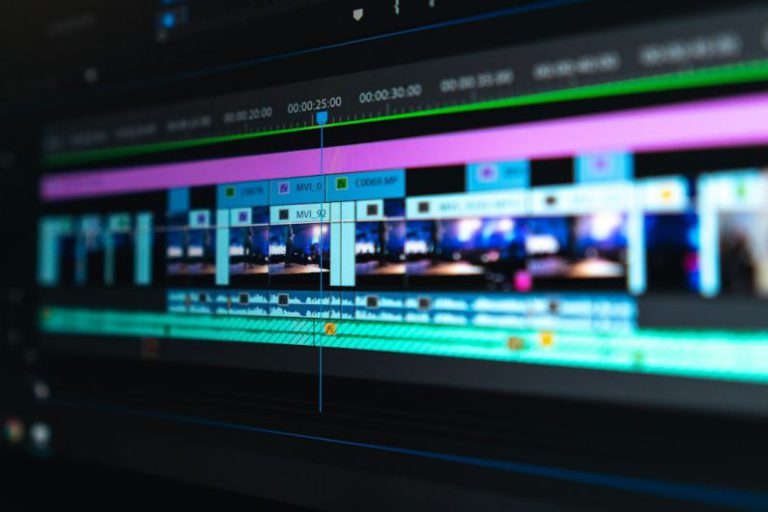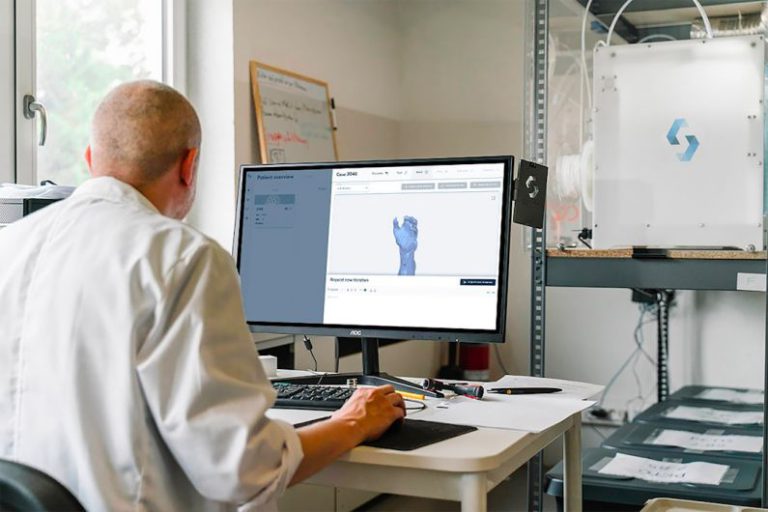Financial Modeling and Trading: Pc Build Guide
Building a PC for Financial Modeling and Trading
For those involved in financial modeling and trading, having a powerful and efficient computer is essential. The demands of running complex financial models, analyzing market data, and executing trades require a machine that can handle heavy computational tasks with ease. In this guide, we will walk you through the process of building a PC specifically tailored to meet the needs of financial professionals.
Understanding Your Requirements
Before diving into the components needed for your financial modeling and trading PC build, it’s crucial to understand your specific requirements. Consider the types of financial models you will be working with, the volume of data you will be processing, and the software applications you will be using. This information will help you determine the level of processing power, memory capacity, and storage space you will need.
Processor (CPU)
The processor is the brain of your PC and plays a critical role in handling complex calculations. For financial modeling and trading, opt for a high-performance CPU with multiple cores and threads. Intel Core i7 or i9 processors and AMD Ryzen 7 or 9 processors are popular choices among professionals in this field. These CPUs offer excellent performance for running financial models and executing trading algorithms efficiently.
Memory (RAM)
Having an ample amount of RAM is essential for multitasking and handling large datasets. Aim for a minimum of 16GB of RAM for basic financial modeling tasks, but consider upgrading to 32GB or 64GB for more demanding applications. Ensure that your RAM modules are compatible with your chosen CPU and motherboard to maximize performance.
Graphics Card (GPU)
While a dedicated graphics card may not be a top priority for financial modeling, it can still provide a performance boost, especially when visualizing data or running multiple displays. Consider a mid-range GPU from NVIDIA or AMD to enhance the overall user experience and ensure smooth operation when working with graphical applications.
Storage
Fast and reliable storage is crucial for quick data access and seamless operation. Opt for a solid-state drive (SSD) as your primary storage device to significantly reduce boot times and improve overall system responsiveness. Consider adding a secondary hard drive for storing large datasets and files that do not require high-speed access.
Motherboard
The motherboard serves as the backbone of your PC, connecting all the components together. Choose a motherboard that is compatible with your chosen CPU and offers features such as multiple PCIe slots for future expansion, ample USB ports, and support for fast memory modules.
Cooling
Efficient cooling is essential to prevent overheating and ensure stable performance, especially during extended periods of heavy use. Invest in a high-quality CPU cooler and case fans to maintain optimal operating temperatures for your components.
Power Supply Unit (PSU)
A reliable power supply unit is crucial for providing clean and stable power to your components. Choose a PSU with sufficient wattage to accommodate your CPU, GPU, and other peripherals, and opt for a reputable brand to ensure reliability and efficiency.
Final Thoughts on Building Your Financial Modeling and Trading PC
Building a PC tailored to your financial modeling and trading needs can greatly enhance your productivity and efficiency. By carefully selecting high-performance components that meet your specific requirements, you can create a powerful workstation that will allow you to tackle complex financial tasks with ease. Invest in quality components, follow best practices for assembly, and enjoy the benefits of a custom-built PC that is optimized for your professional endeavors.






